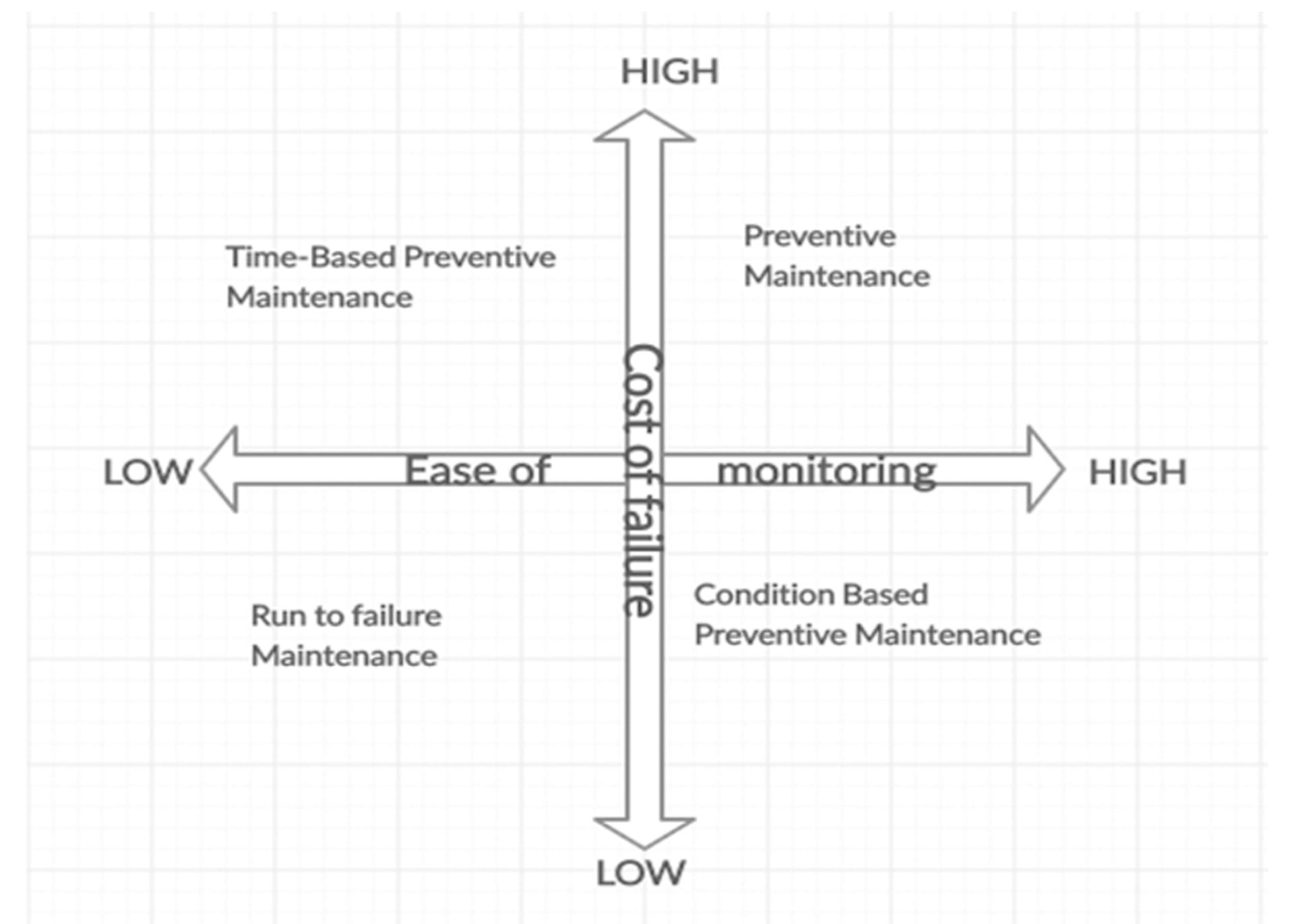Choosing the best strategy may seem like a quite daunting task. You cannot pick the right preventive maintenance strategy without the knowledge of a few core concepts. This post will help you in choosing and establishing the right preventive maintenance strategy.
What is a preventive strategy?
Preventive maintenance, also known as “preventative maintenance,” is a form of maintenance that is performed regularly. The maintenance is done on specialised equipment that is quite durable and has lesser chances of failing. Preventive maintenance is performed when the equipment is in a “working” state so that it doesn’t get interrupted unexpectedly. It is one of the best ways to improve safety, productivity as well as reducing equipment downtime.
Remember!
Never stick to one preventive strategy. There are always multiple maintenance strategies that you can choose from. Since there are always various assets, so consequently, there is also more than one preventive strategy that you can pick. The example of choosing a preventive approach is the same as that of choosing medicine for any illness. You cannot take a sleeping pill if you have a cold or flu. Likewise, you can go for a painkiller if you are depressed or insomniac. In the same way, you cannot choose any particular type of preventive strategy for any of your assets.
Let’s choose the right preventive maintenance strategy
Before picking a preventive approach, it is essential to determine the criticality of each asset. When the asset is more critical, the preventive maintenance strategy also needs to be special, and you should spend more time and money on it. Although it seems quite tempting to go for the least expensive or the most effective option, measuring the criticality is essential.
So, there are three main factors you need to consider before choosing the right preventive maintenance strategy:
- The criticality of the asset.
- The estimated cost in case of equipment failure.
- The ease of monitoring and maintaining the equipment.
The Criticality of Asset

The criticality of an asset is simply defined in terms of an asset. If the cost is higher when the asset fails, the criticality of the asset is higher. Likewise, if the cost is low upon failure, the criticality is lower.
The “Maintenance Strategy Matrix” given above will give you a clear idea about criticality. The larger the cost, the more will be criticality. By looking at the matrix, you can figure out the criticality and cost and choose your strategy accordingly.
Here, also keep in mind that criticality is more than just the cost and money. It is not necessary that a part would cost a lot, but its failure can also cause severe other safety risks. Take the example of the brakes of your car. They aren’t very expensive, and any technician can fix it within minutes. But what happens when the brakes fail? The same is the case for preventive maintenance strategies. A failure can result in a serious environmental hazard and danger to the entire community. Thus, keep in mind this factor while choosing a preventive maintenance strategy.
Estimating the cost of asset failure
As mentioned before, the cost of asset failure is not only monetary, but also brings increased Health & Safety risks. The first risk with a failed asset is “asset downtime.” The longer it remains down, the higher the cost. It is estimated that every year, more than $600 billion is wasted due to asset downtime. Other cost include;
- Maintenance Costs
- Injury to Employees
- Environmental Impacts and Possible Fines Incurred
- A Decrease in Customer Satisfaction
How easy is it to monitor and maintain the asset?
Lastly, the ease of monitoring plays a vital role in determining the type of preventive maintenance strategy. If the cost of watching over or monitoring an asset it higher, then it might be worth implementing cost-effective solutions like IoT.
There is never a one size fits all approach to anything, especially Preventive Maintenance. However, by following the above guidelines and implementing them, you can choose the right preventive maintenance quickly and effectively!
Related Articles
Related
Azolla Joins IWFM: Partnering for a Smarter Future of Facilities Management
From service delivery to smart technology – how Azolla is helping FM teams meet regulation, cut costs, and stay future-ready. Modern facilities management isn’t just about logging jobs – it’s about predicting and preventing problems. Azolla’s IoT-enabled CAFM platform...
Proving Facilities Management ROI in 2025 – Why Real-Time Data Is Now Non-Negotiable
Proving Facilities Management ROI with Real-Time Data Facilities Management (FM) leaders are under increasing pressure to prove the value they deliver. Whether it’s justifying budgets, defending asset strategies, or reporting to clients and stakeholders, the...
How IoT and CAFM Create Safer, More Efficient Care Environments
How IoT and CAFM Create Safer, More Efficient Care Home Environments The care home sector faces unique challenges in providing safe, comfortable, and efficient environments for residents and staff. Balancing the delivery of high-quality care with stringent regulatory...

